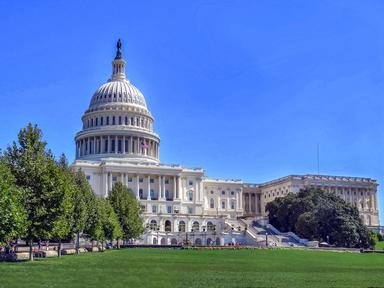Quiz Answer Key and Fun Facts
1. NAFTA took effect on January 1, 1994. It was a trade agreement between the United States, Canada and what third country?
2. Who famously described the impact of NAFTA on US jobs as creating "a giant sucking sound?"
3. What major American city was rocked by protests during meetings of the World Trade Organization in November of 1999?
4. The WTO summit at Cancun Mexico in September 2003 witnessed huge protests. The most dramatic moment in Cancun was the suicide of Lee Kyung Hae. What type of people did Mr Lee represent in South Korea?
5. Demonstrations in what US city in November 2003 provided a "Model" for law enforcement tactics at future large demonstrations, such as national political conventions?
6. Protests both outside and inside helped kill the Free Trade Area of the Americas agreement in the Fall of 2003. What nation led the movement to kill the FTAA?
7. Central America saw huge protests against the Central American Free Trade Agreement (CAFTA) in 2006. Which of these is the only country that did NOT have anti-CAFTA demonstrations?
8. True or False: The Obama Administration dramatically changed course on US trade policy in 2009, to please their supporters in the labor movement.
9. According to the Economic Policy Institute (based on US Department of Labor data), how many jobs were lost as a result of NAFTA between 1994 and 2010?
10. In November 2018, the United States made changes to NAFTA with the clunkily named United States-Mexico-Canada Agreement. Along with Donald Trump, what other two world leaders signed the agreement?
Source: Author
parrotman2006
This quiz was reviewed by FunTrivia editor
stedman before going online.
Any errors found in FunTrivia content are routinely corrected through our feedback system.
